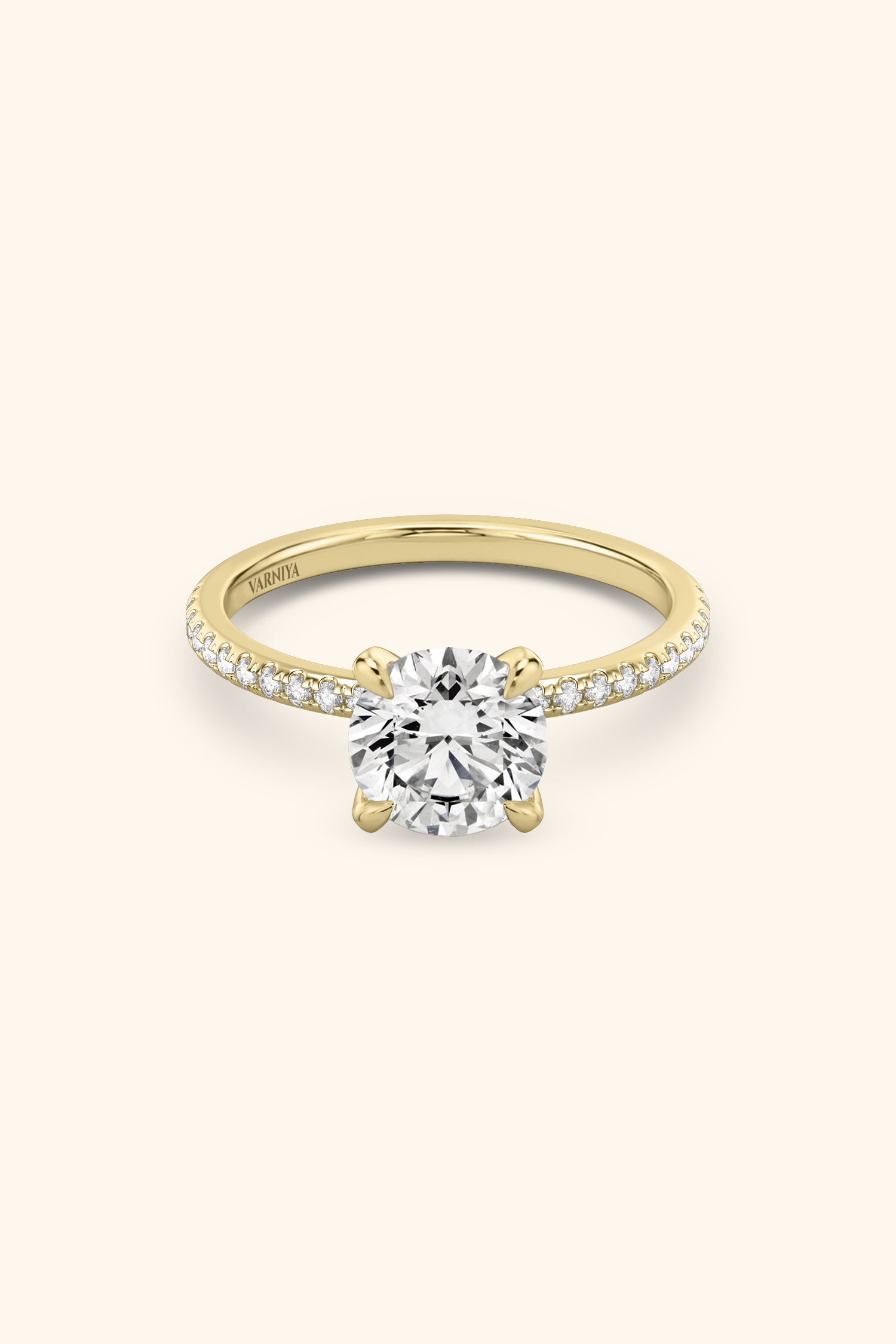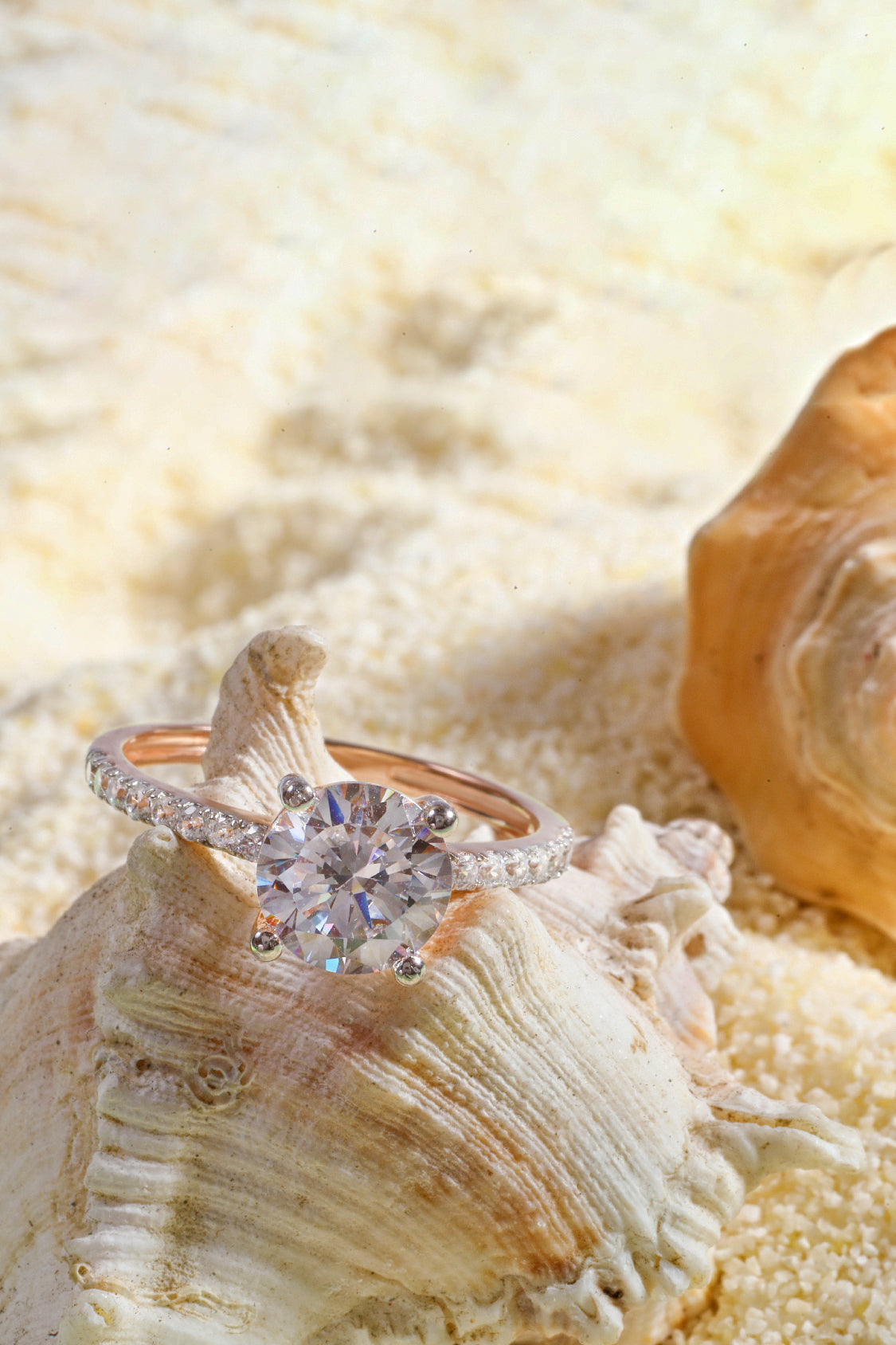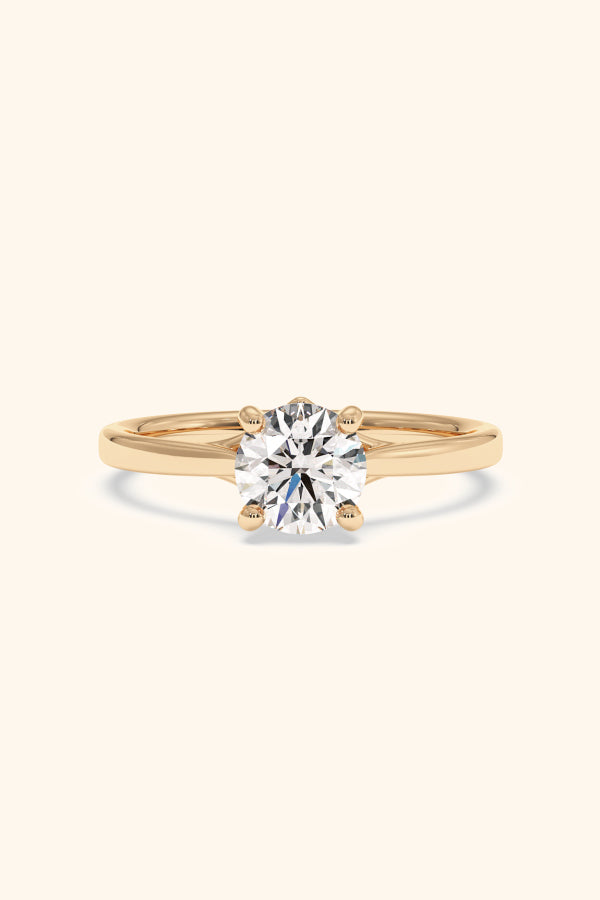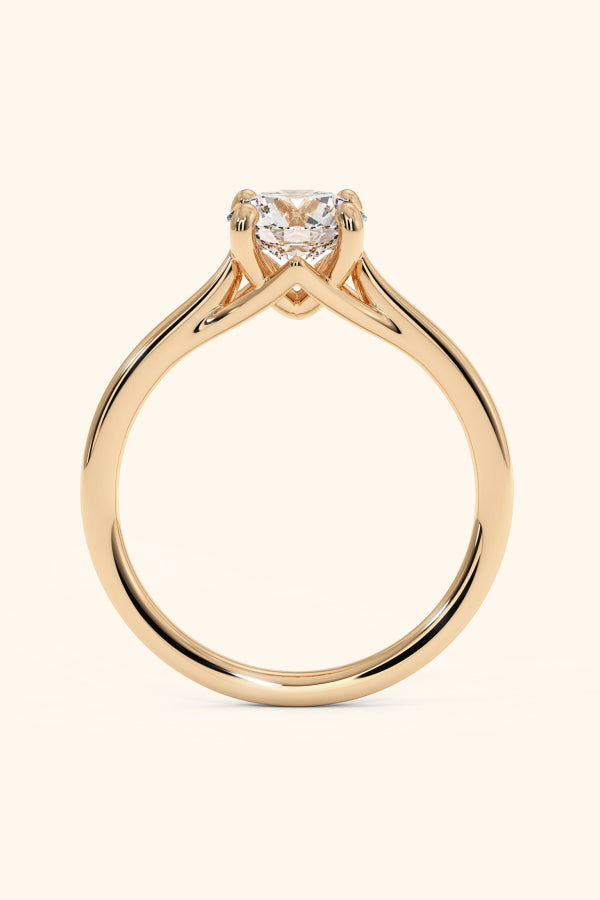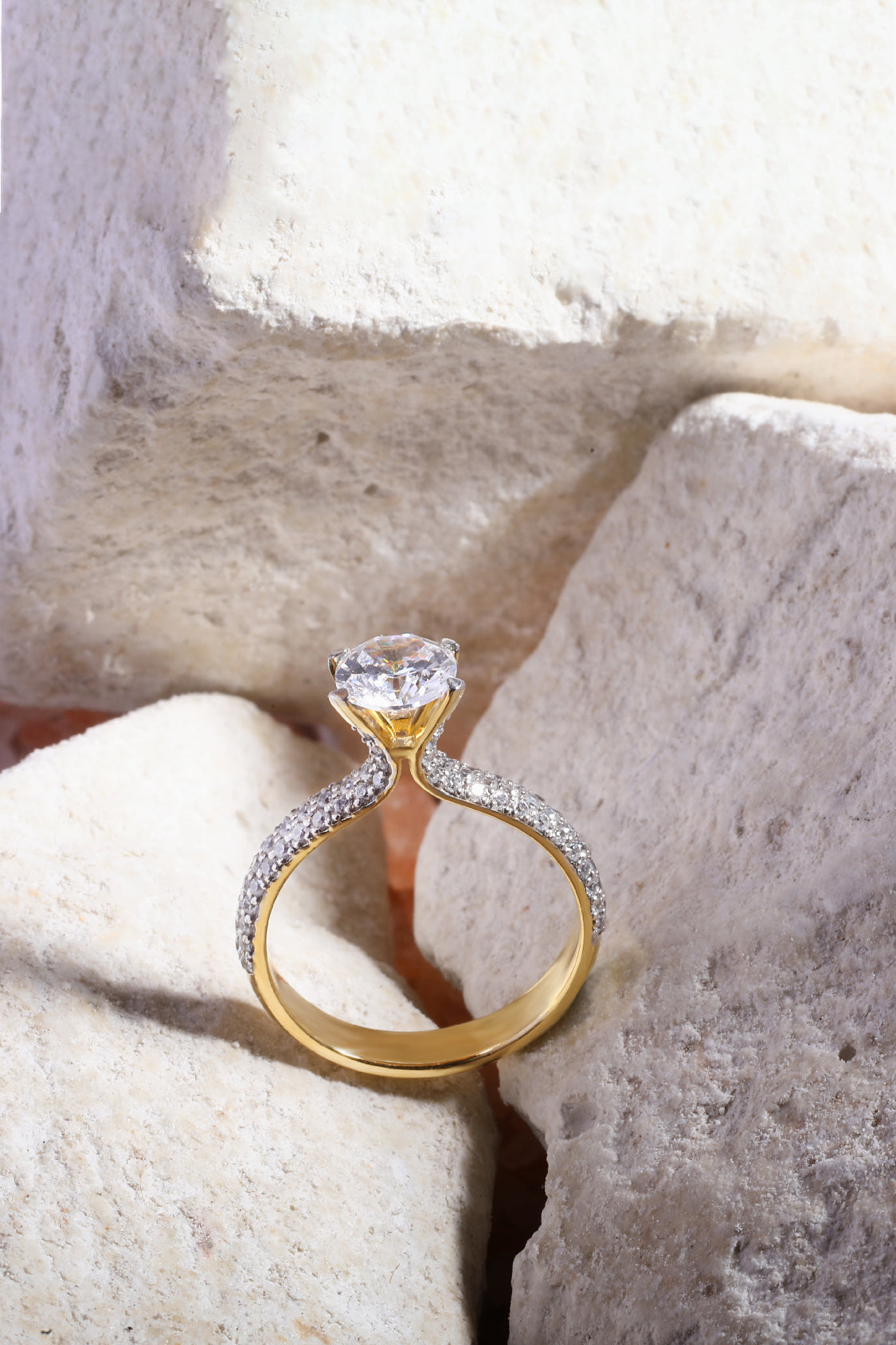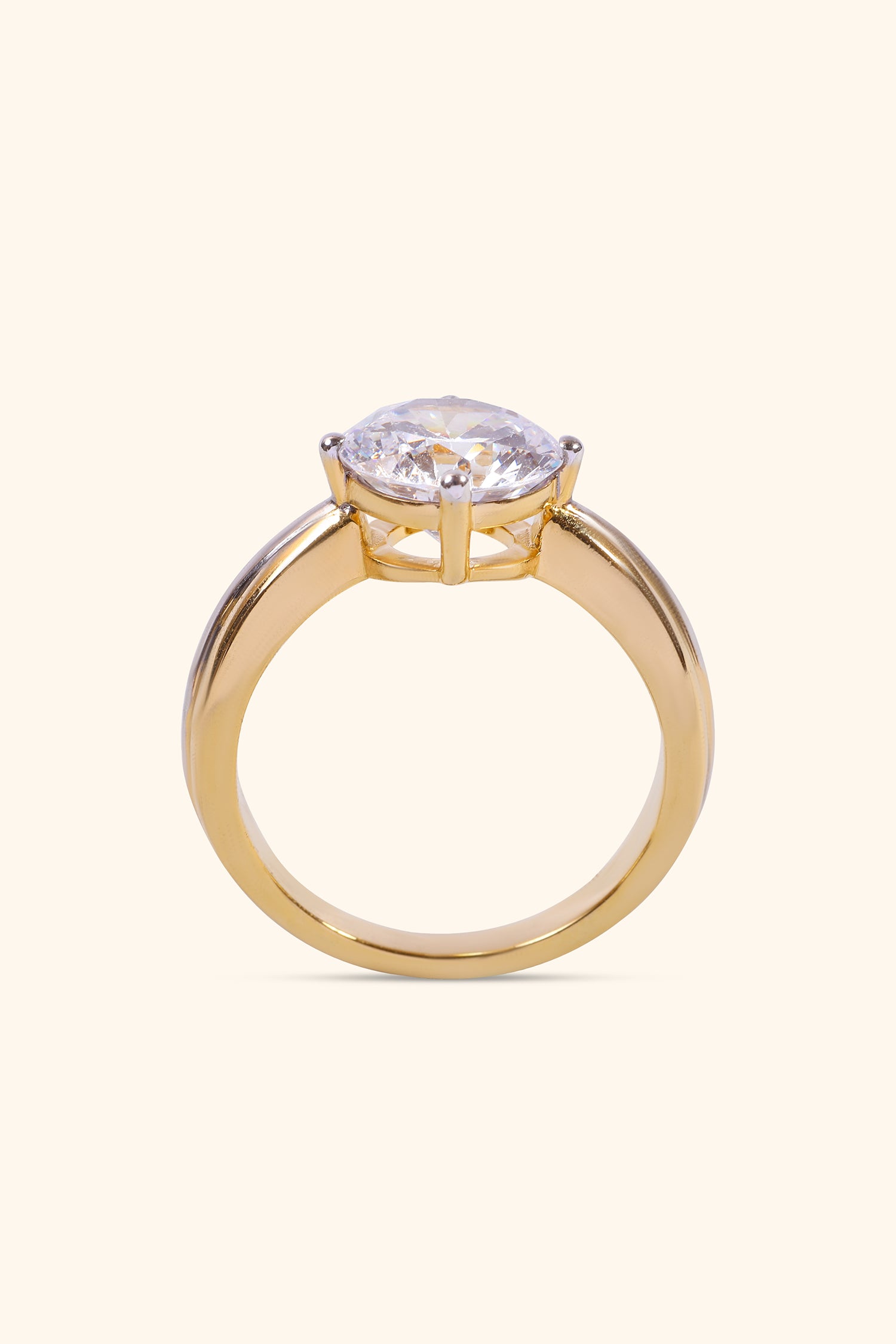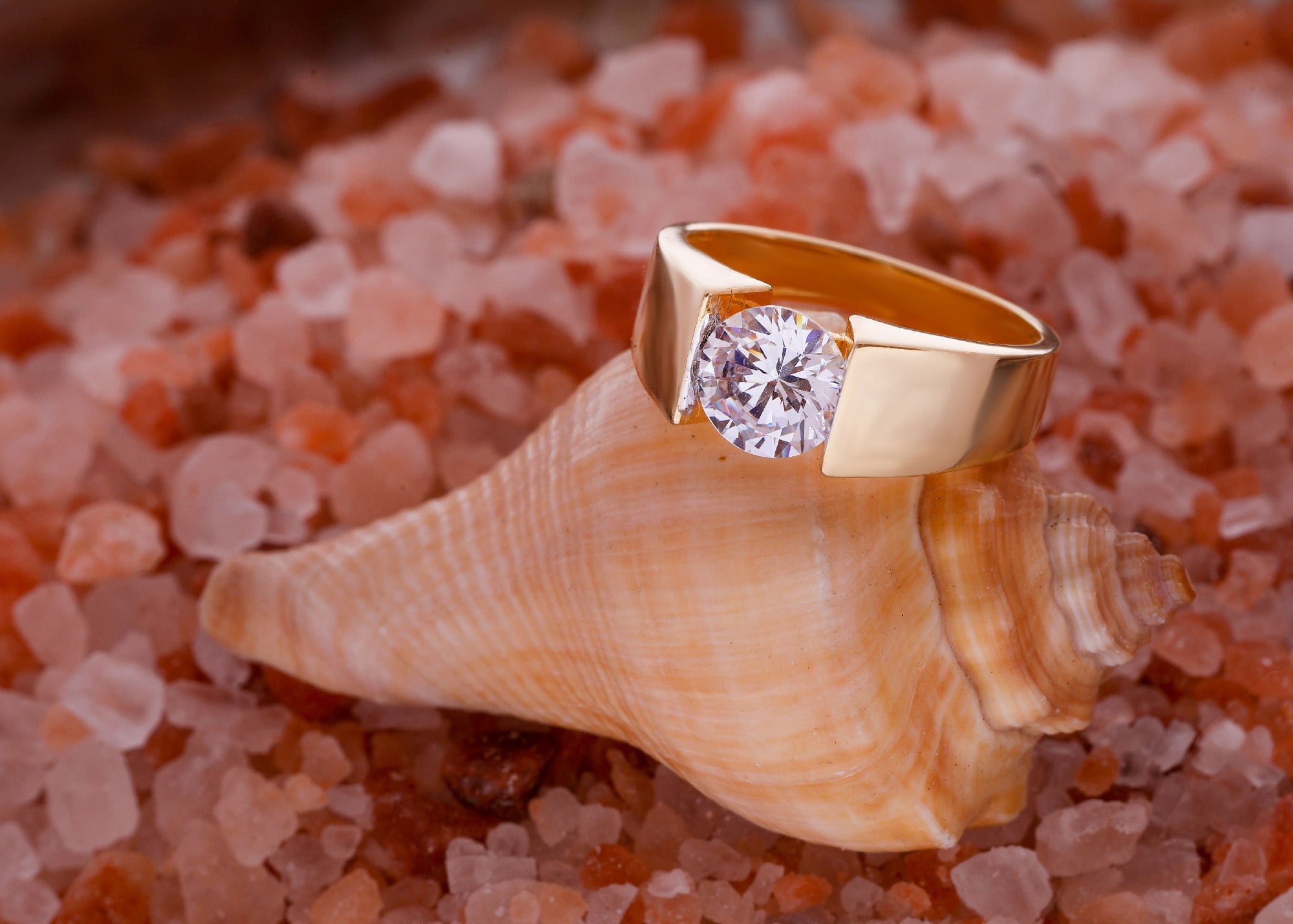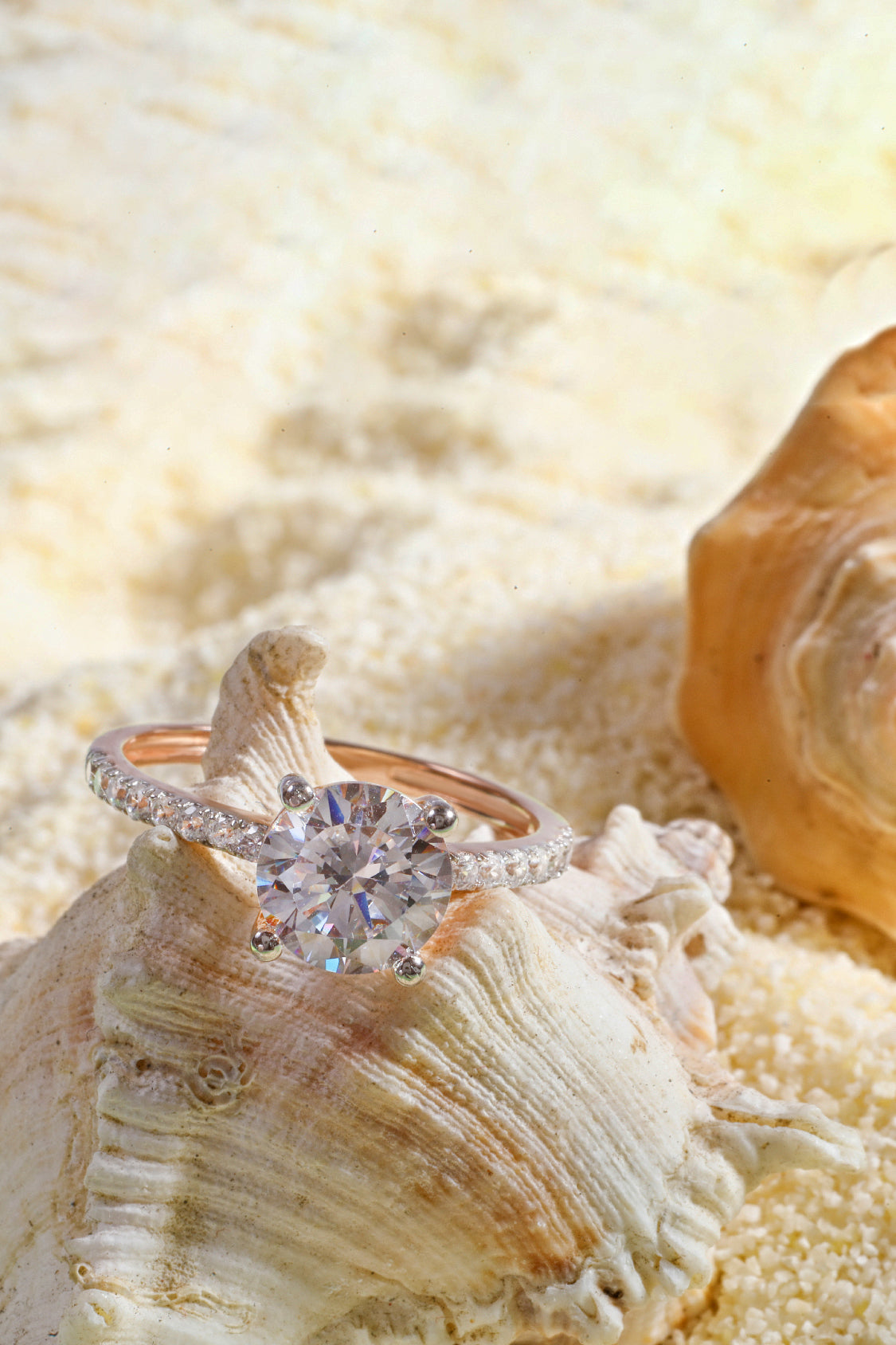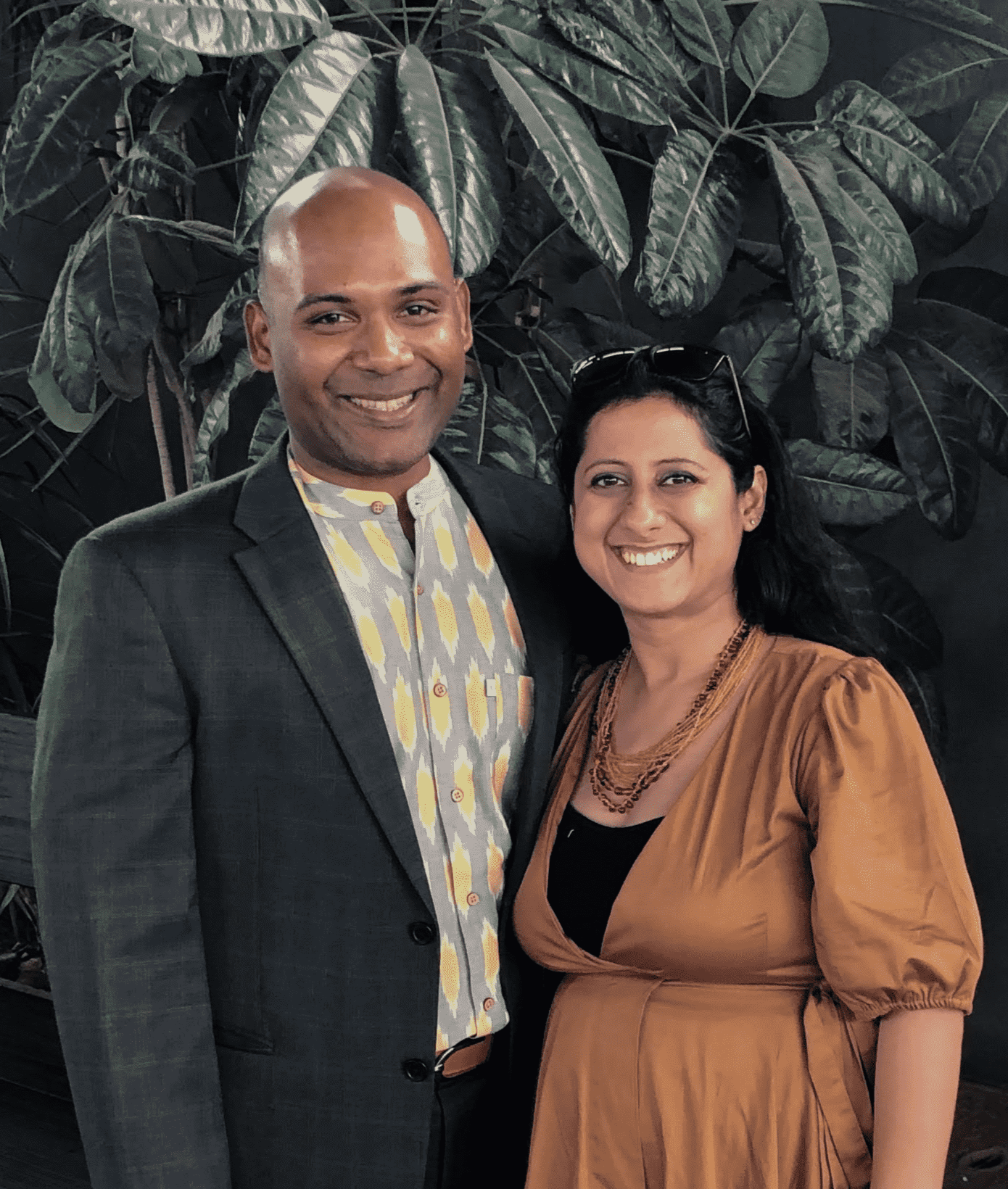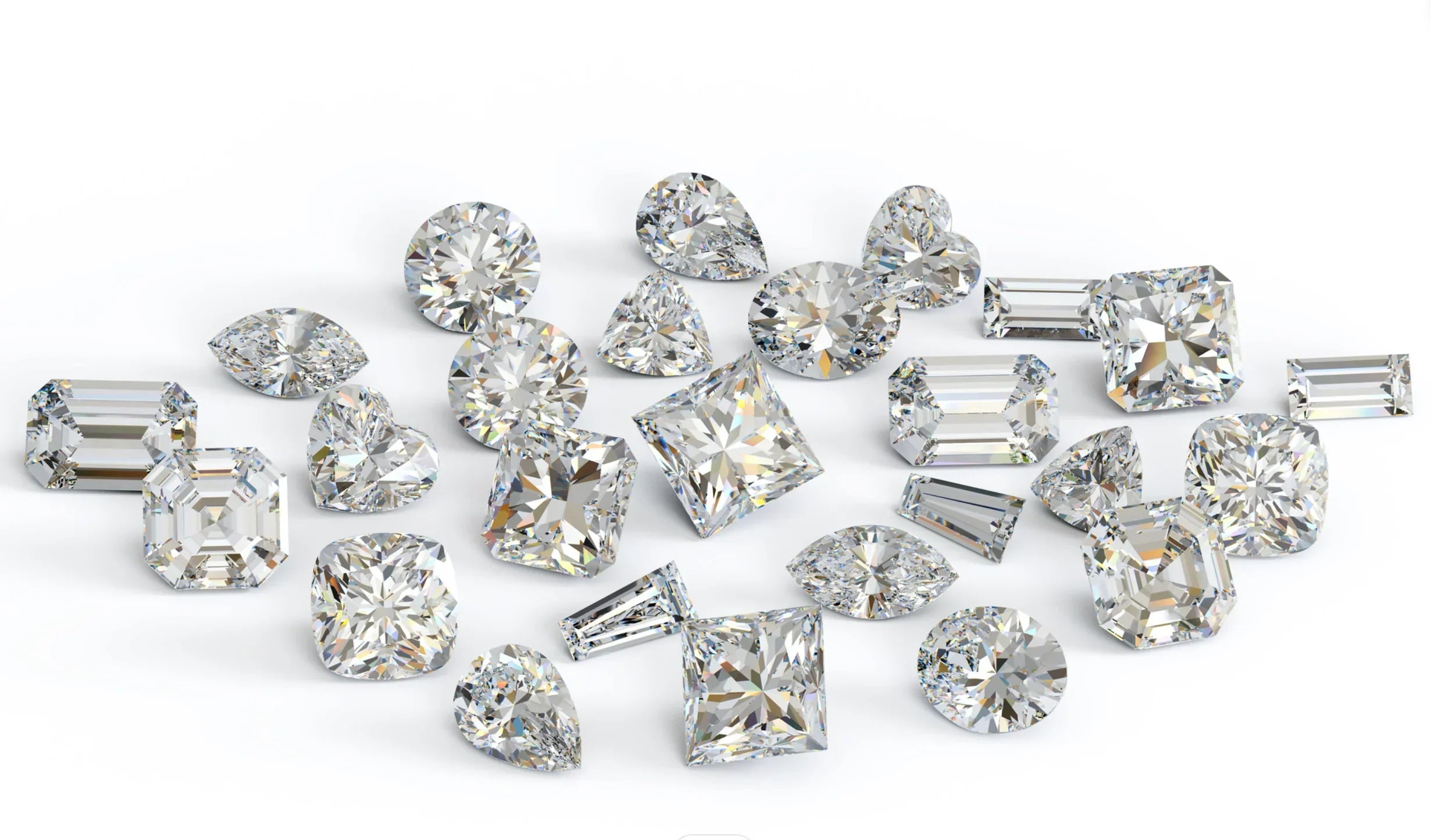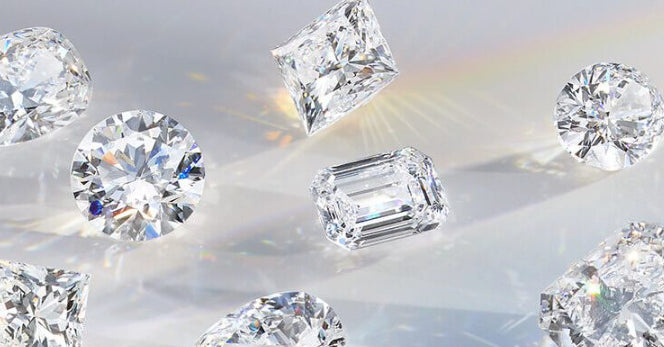
Diamond Simulant vs Lab Grown Diamond: How to Make the Right Choice
Choosing between a diamond simulant vs lab grown diamond can get confusing fast, especially when they both look stunning at first glance. The truth is, while diamond simulants like cubic zirconia are made to mimic diamonds, they don’t have the same chemical properties or durability as lab created diamonds.
A lab grown diamond is a created diamond made from carbon, just like natural diamonds, and even ranks the same — 10 — on the Mohs hardness scale. According to the Gemological Institute of America (GIA), lab grown diamonds share the same physical properties, brilliance, and optical properties as mined stones.
If you’re shopping for engagement rings or everyday diamond jewelry, understanding the difference can save you money and help you pick something that actually lasts.
What Are Lab Created Diamonds and How Are They Made?
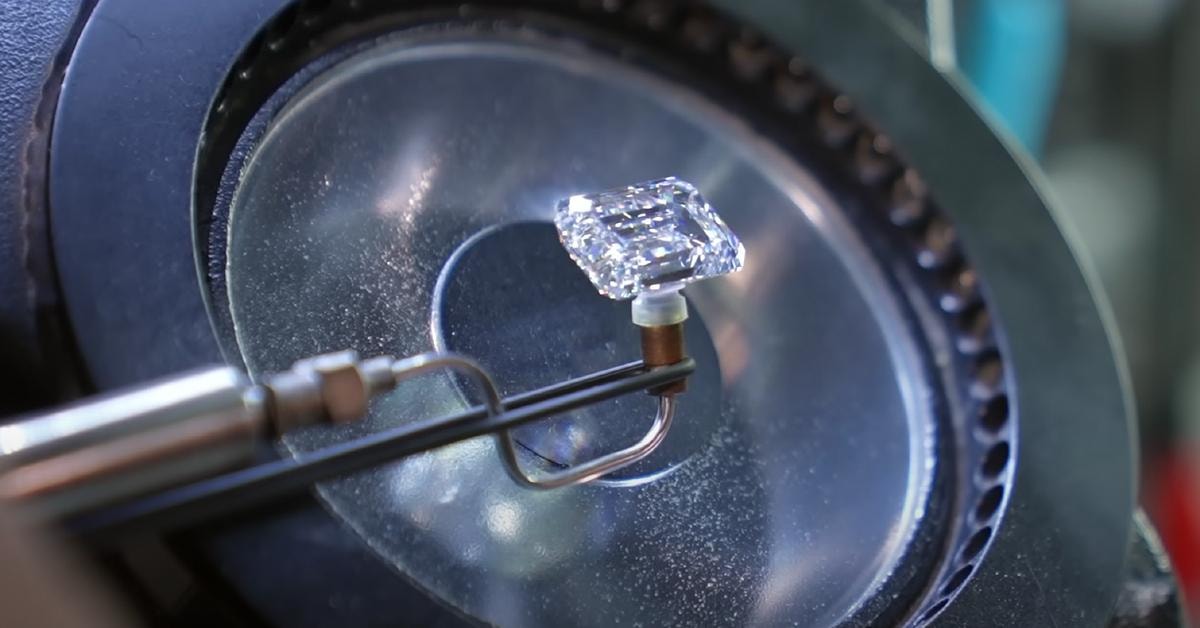
You’ve probably heard the term lab created diamonds and wondered—are they real? Yep, they are. These are genuine diamonds, just made in a lab instead of underground.
They share the same physical properties and optical properties as natural diamonds. The sparkle? The hardness? Still there. If you're looking for a diamond that looks amazing without the hefty price tag, this is something worth understanding.
The Process of Creating a Lab Grown Diamond
So how exactly is a lab grown diamond made? It all starts with a tiny sliver of carbon called a diamond seed. That seed is placed in a chamber and exposed to high pressure and intense heat—just like how nature does it.
Here’s where science gets cool. Labs use two main methods to grow your diamond:
High Pressure High Temperature (HPHT):
-
Recreates the earth’s conditions
-
Compresses pure carbon under intense heat to form a crystalline form
Chemical Vapor Deposition (CVD):
-
Places the diamond seed in a gas chamber
-
Layers of carbon atoms stick to it and grow the diamond over time
These diamonds are made with advanced technology, often taking just a few weeks to form. No need for diamond mining, and no stress about harming the planet.
Fun fact? The roots of this process go back to a French chemist in the 1950s. We've come a long way since.
"Lab-created diamonds are chemically and physically the same as natural diamonds," says the Gemological Institute of America (GIA).
How They Compare to Natural Diamonds
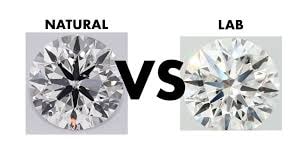
Now let’s talk about what really matters when you’re deciding between a lab diamond and a naturally mined diamond. Can you tell the difference? Honestly, probably not.
To your eyes—and even under a microscope—they look the same. But here’s where they diverge:
What’s the same:
-
Both have the same composition: carbon arranged in a crystal
-
Same Mohs hardness rating of 10
-
Identical optical properties (brilliance, fire, sparkle)
-
Same grading standards: carat weight, clarity, and cut
What’s different:
-
Man made diamonds form in weeks; mined diamonds take billions of years
-
Mined stones may contain rare natural counterparts
-
Synthetic diamonds are made in labs, avoiding harmful diamond mining
-
Mined diamonds tend to have a higher market value, but also a hefty price tag
-
Lab created diamonds are often a more affordable alternative
-
Lab stones have better clarity on average and fewer surface scratches
📊 According to Clean Origin, you can save 30–40% by choosing a lab-created diamond over a mined one—without compromising quality or gem quality diamonds.
Want something that’s durable, beautiful, and makes ethical sense? Then lab created diamonds might be just what you’re looking for.
What Are Diamond Simulants and Why Are They Used?
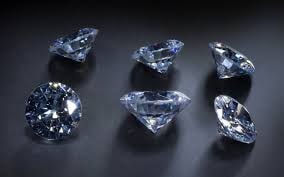
Ever seen a stone that looks like a diamond but costs way less? That’s likely a diamond simulant. These stones are made to imitate the sparkle and shine of real diamonds—but without the same chemistry.
People choose simulant diamonds because they’re affordable, easy to find, and often used in casual or fashion jewelry. While they don’t have the same makeup as lab grown or natural diamonds, they can still look gorgeous to the naked eye.
If you're shopping on a budget or just love the look without the hefty price tag, diamond simulants might be exactly what you're after.
What Qualifies as a Diamond Simulant?
A diamond simulant is any stone that looks like a diamond but doesn’t share its chemical properties or crystalline form. In short: it’s a copy, not a twin.
They’re usually made from zirconium dioxide, silicon carbide, or other synthetic materials. These stones are created in labs, often called simulant gemstones, and are designed to mimic the appearance of a diamond to the naked eye.
Diamond simulants:
-
Are not made of carbon atoms like real or lab diamonds
-
Do not have the same composition or mineral hardness
-
Often have a different refractive index, which affects how they sparkle
💬 "Simulants may look like diamonds but have very different physical and chemical properties," notes the Gemological Institute of America (GIA).
What Are the Popular Simulants?
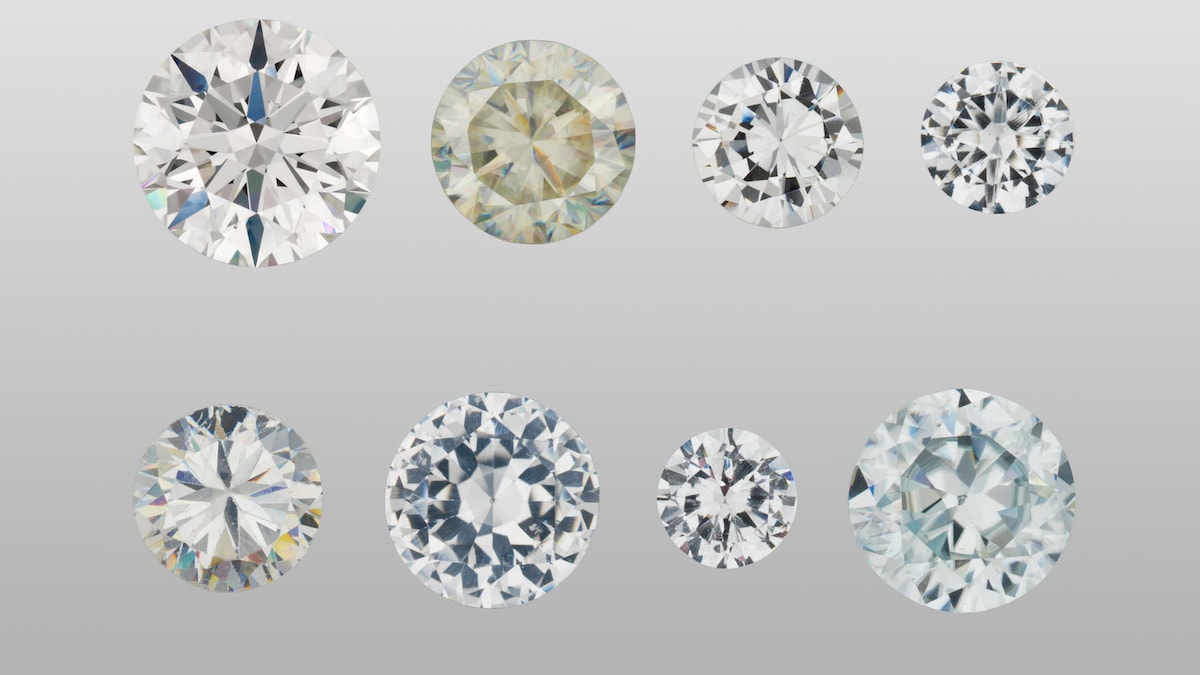
You’ve probably heard of a few simulants already—some are household names in the jewelry world.
Let’s walk through a few of the popular diamond simulants and what makes each one different.
1. Cubic Zirconia (CZ)
-
Made from zirconium dioxide
-
Most common simulant gemstone
-
Very sparkly, but ranks only 8–8.5 on the Mohs scale
-
Can develop surface scratches and may cloud over time
-
Usually costs around $20–$30 per carat
-
Has a single refractive index, giving it a glass-like shine
2. Moissanite
-
Made from silicon carbide
-
Higher brilliance and double refractive index (creates a rainbow sparkle)
-
Harder than CZ: 9.25 on the Mohs scale
-
Better for everyday wear
-
Doesn’t match a diamond exactly but has its own fire
3. White Sapphire
-
A natural gemstone, not a synthetic
-
Less sparkle but durable
-
No fire or brilliance like a diamond
-
Used often in vintage-inspired pieces
According to Brilliant Earth, moissanite is currently the second most popular alternative to diamonds in engagement rings due to its durability and cost.
Are Diamond Simulants Worth It?
That depends on what you're looking for. If you want a low-cost, affordable alternative with diamond-like sparkle, they’re a solid option.
But keep in mind:
-
Simulants aren’t genuine diamonds
-
They don’t hold resale value
-
You might need to replace them sooner due to surface scratches
💬 "Simulants are great for fashion jewelry, but they’re not a long-term replacement for real or lab-created diamonds," says IGI gemologist Lauren Klein.
Will Simulated Diamonds Last?
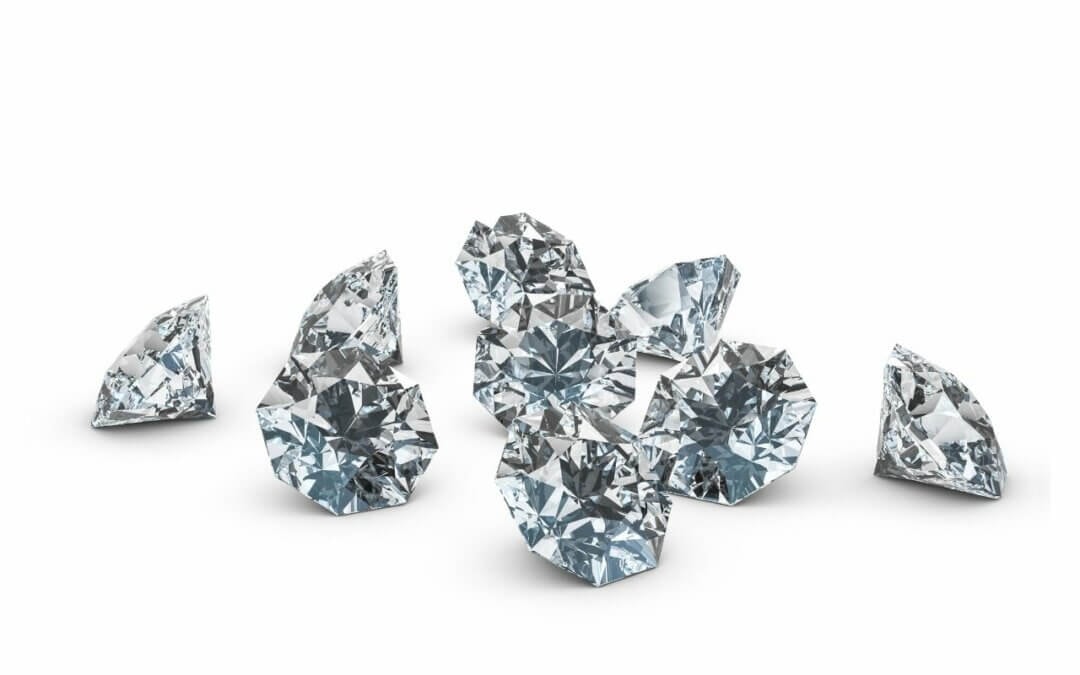
Not as long as the real thing—but it depends on the material.
Cubic zirconia can wear down in just a few years with daily wear, while moissanite holds up better thanks to its exceptional hardness.
If you're wearing it occasionally, it could last much longer.
Quick durability snapshot:
-
Cubic Zirconia: scratches easily, lasts 2–3 years
-
Moissanite: ideal for daily wear, longer lifespan
-
White Sapphire: harder than CZ but duller in appearance
What Is the Difference Between Diamond Simulant vs Lab Grown?
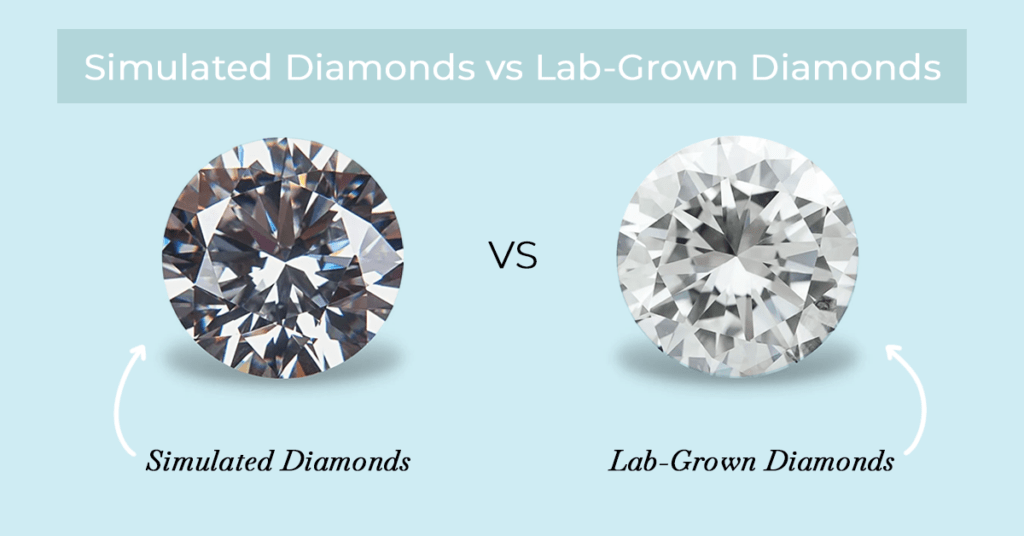
At a glance, both may look like a diamond—but what’s inside tells a different story. Diamond simulants are made to look like diamonds, but they aren’t diamonds in any scientific sense.
On the other hand, a lab grown diamond is chemically and physically the same as a mined one. The difference isn’t just about appearance—it’s about structure, origin, and even how each one behaves over time.
Diamond Simulant vs Lab Grown: Key Differences:
| Feature | Lab Grown Diamond | Diamond Simulant |
|---|---|---|
| Material Composition | Pure carbon (same as natural diamond) | Usually zirconium dioxide or silicon carbide |
| Growth Origin | Created using HPHT or CVD in labs | Manufactured using melting or crystal methods |
| Crystal Structure | True diamond lattice | Resembles glass or other crystals |
| Light Dispersion | Sharp, controlled fire and brilliance | Often exaggerated rainbow effect |
| Temperature Resistance | Withstands high heat without damage | Can degrade under heat exposure |
| Labeling Requirements | Must be labeled as a lab diamond | Can be sold under general “diamond lookalike” |
| Clarity Over Time | Maintains clarity for decades | May cloud, chip, or dull with wear |
| Use in Fine Jewelry | Accepted in certified high-end settings | Mostly used in fashion or costume jewelry |
Do Simulants and Lab Grown Diamonds Share Chemical Properties?

At first glance, simulant diamonds and lab grown stones may look nearly identical. But what’s happening beneath the surface tells a completely different story. The chemical properties and internal structure of each type set them apart.
Lab grown diamonds have the same tightly bonded carbon atoms as natural and lab diamonds. That’s why they’re considered real diamonds by experts like the Gemological Institute of America (GIA).
In contrast, simulated diamonds are made using other materials like zirconium oxide or silicon carbide, which are visually convincing but structurally different.
Scientific and Structural Breakdown
-
Lab Grown Diamonds:
-
Made of pure carbon
-
Formed through the same diamond formation process (just faster)
-
Exhibit crystalline form like mined diamonds
-
Share the same composition and same properties as natural stones
-
-
Simulants:
-
Created from materials like zirconium oxide or glass
-
Lack the mineral hardness of true diamonds
-
Do not share the same crystalline form
-
“Lab-grown diamonds are real diamonds—they're chemically, physically, and optically identical,” says GIA.
According to IGI, lab diamonds score a perfect 10 on the Mohs scale, while simulants like CZ score only 8–8.5.
Natural Diamonds vs Lab Created: Which Should You Choose?
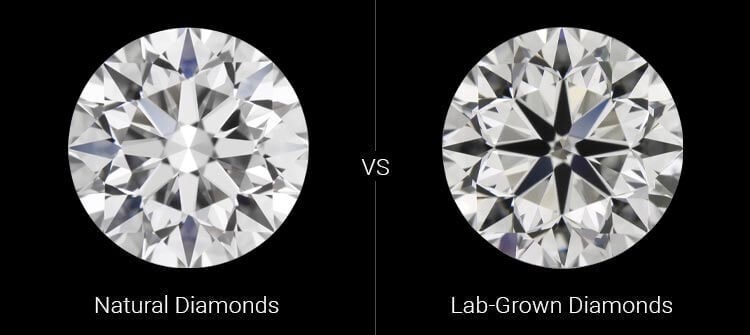
Trying to choose between a natural diamond and a lab created one? You're not alone. While they look almost identical to the eye, they come from very different places—and carry different values with them.
It’s not just about sparkle. It's about how it was formed, what it costs, how it's sourced, and what it means to you. Here's how they stack up when you look beyond just the appearance.
It’s not just about sparkle. It's about how it was formed, what it costs, how it's sourced, and what it means to you. Here's how they stack up when you look beyond just the appearance.
Natural Diamonds vs Lab Created: Key Differences:
| Feature | Natural Diamond | Lab Created Diamond |
|---|---|---|
| Formation Time | Formed over billions of years underground | Grown in a lab within 6–10 weeks |
| Source | Extracted through diamond mining | Made using controlled lab methods |
| Environmental Impact | May contribute to land disturbance and carbon use | Requires less energy and leaves smaller footprint |
| Rarity Factor | Naturally rare, valued for uniqueness | More available due to tech advancements |
| Supply Chain Transparency | Can vary depending on origin | Easier to trace and regulate |
| Cultural Perception | Seen as traditional and symbolic | Gaining popularity with conscious buyers |
| Price Flexibility | Higher price due to rarity and sourcing | Often 20–30% less expensive |
| Long-Term Value Outlook | Holds stronger resale value in most markets | Still developing resale market |
Are Lab Created Diamonds Good for Engagement Rings?
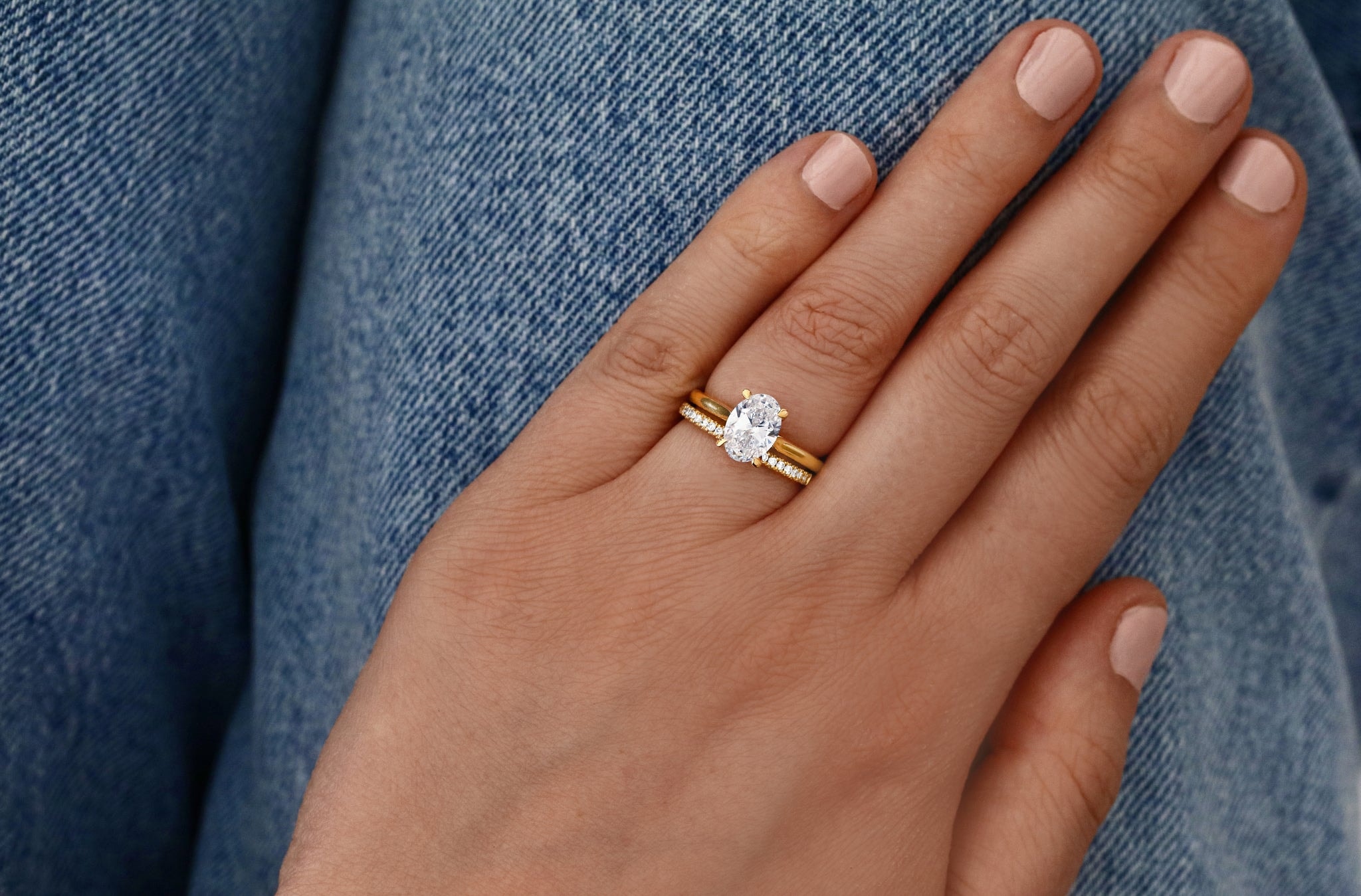
Thinking about popping the question with a lab created diamond? You're not alone. These gems offer the same brilliance and durability as natural diamonds but come without the hefty price tag or ethical concerns of diamond mining.
Benefits of lab created diamonds:
-
Identical sparkle: They possess the same physical properties as mined diamonds.
-
Cost-effective: Often more affordable, allowing for a larger stone within your budget.
-
Ethically sourced: No environmental degradation or human rights issues associated with mined diamonds.
According to the Gemological Institute of America (GIA), lab grown diamonds are "chemically, physically, and optically identical to mined diamonds."
Why Choose Your Engagement Ring from VARNIYA

When selecting the perfect engagement ring, you want quality, trust, and a touch of uniqueness. VARNIYA offers all this and more.
Reasons to choose VARNIYA:
-
Heritage and Trust: With a legacy rooted in Vummidi Jewellers since 1900, VARNIYA brings over a century of craftsmanship and reliability.
-
Certified Quality: Their diamonds are IGI certified lab grown diamonds, ensuring authenticity and excellence.
-
Diverse Designs: From classic solitaires to intricate halo rings, their collection caters to every taste.
By choosing VARNIYA, you're not just purchasing a ring; you're becoming part of a storied tradition of fine jewelry.
Frequently Asked Questions About Simulated Diamonds and Lab Grown -
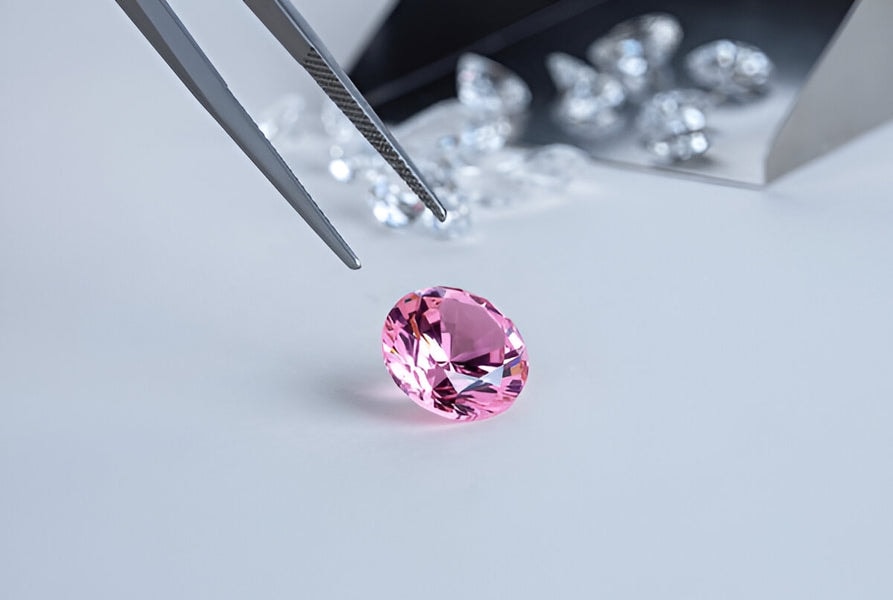
Wondering if all diamond lookalikes are the same? You’re not alone. These quick answers will help you understand the key differences and what really matters when choosing your stone.
1. Is Diamond Simulant Same as Lab-Grown Diamond?
-
Not quite. While both can sparkle beautifully, only lab-grown diamonds are made from pure carbon and share the same physical and chemical structure as natural diamonds.
-
Simulants just imitate the look but are made of entirely different materials like glass or cubic zirconia.
2. Do Diamond Simulants Pass a Diamond Tester?
-
No, most of them don’t. A diamond tester checks for specific thermal or electrical conductivity that only real diamonds—and sometimes moissanite—can show.
-
The difference between a lab grown diamond, simulated diamonds is obvious here: the former will pass the test, the latter usually won’t.
3. Is Cubic Zirconia a Real Diamond?
-
It’s not. Cubic zirconia is a man-made stone created from zirconium dioxide.
-
It looks shiny but lacks the durability and hardness of real diamonds.
4. Which Lasts Longer – Simulant or Lab Grown?
-
Lab-grown diamonds last much longer. While simulants may dull, scratch, or cloud within a few years, lab-grown diamonds can handle daily wear for decades—just like natural diamonds.
Conclusion
So, when it comes to diamond simulant vs lab grown, it really depends on what matters most to you—look, longevity, or value. If you just want the sparkle without spending much, a simulant might do the job.
But if you're looking for something real, durable, and timeless, lab grown is the way to go. Think about how you’ll wear it, what it means to you, and how long you want it to last. Still unsure? Take your time—your perfect diamond isn’t far off, and now, you know what to look for.


